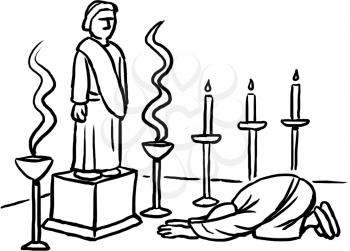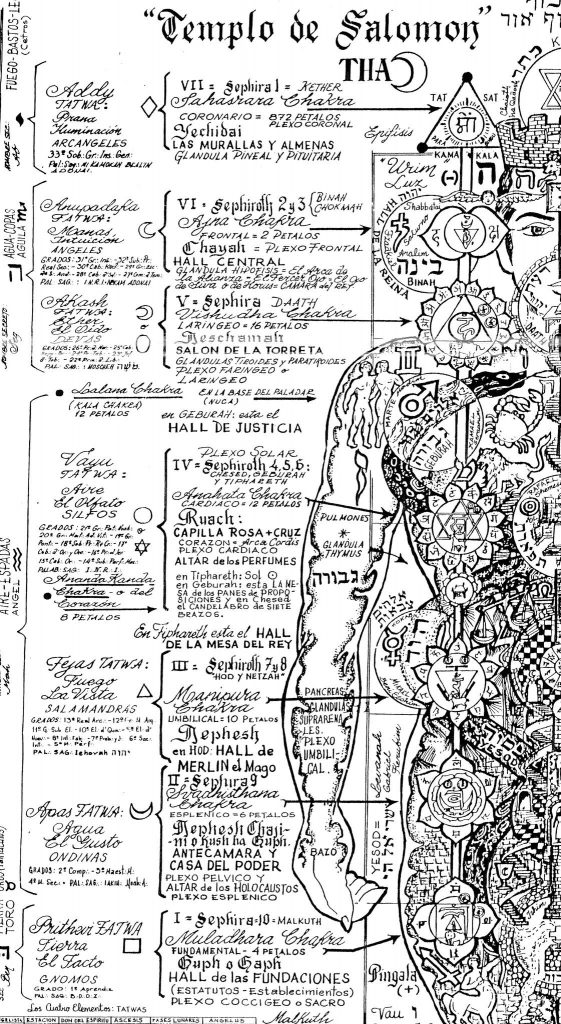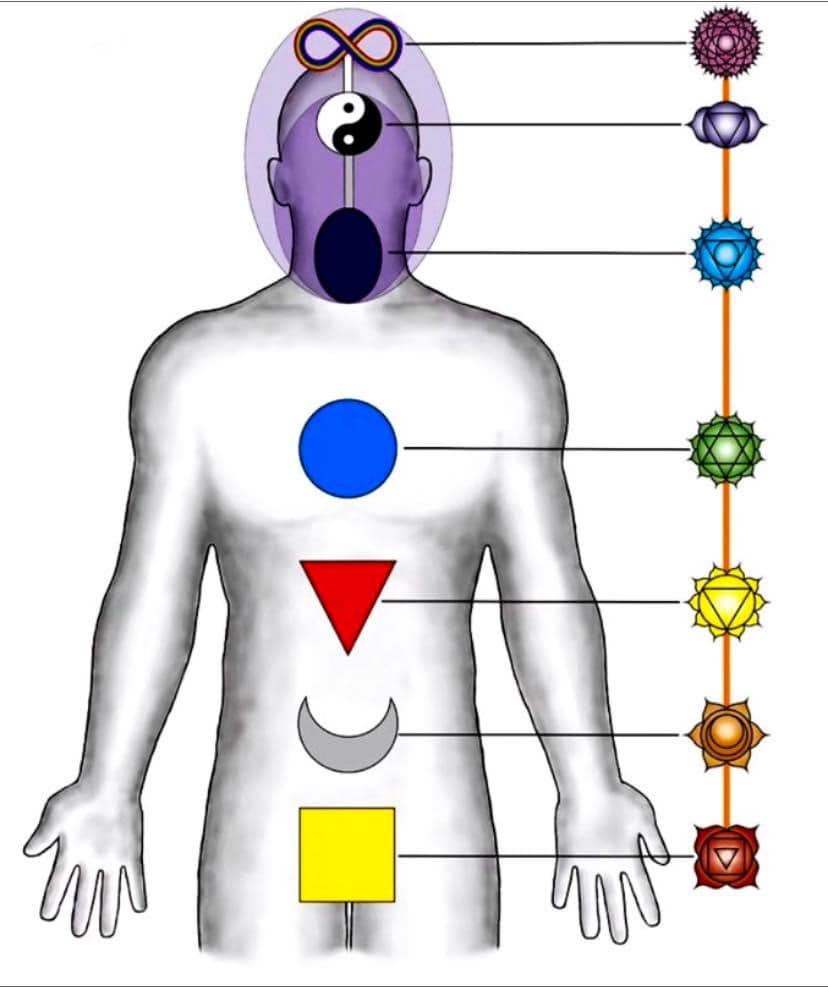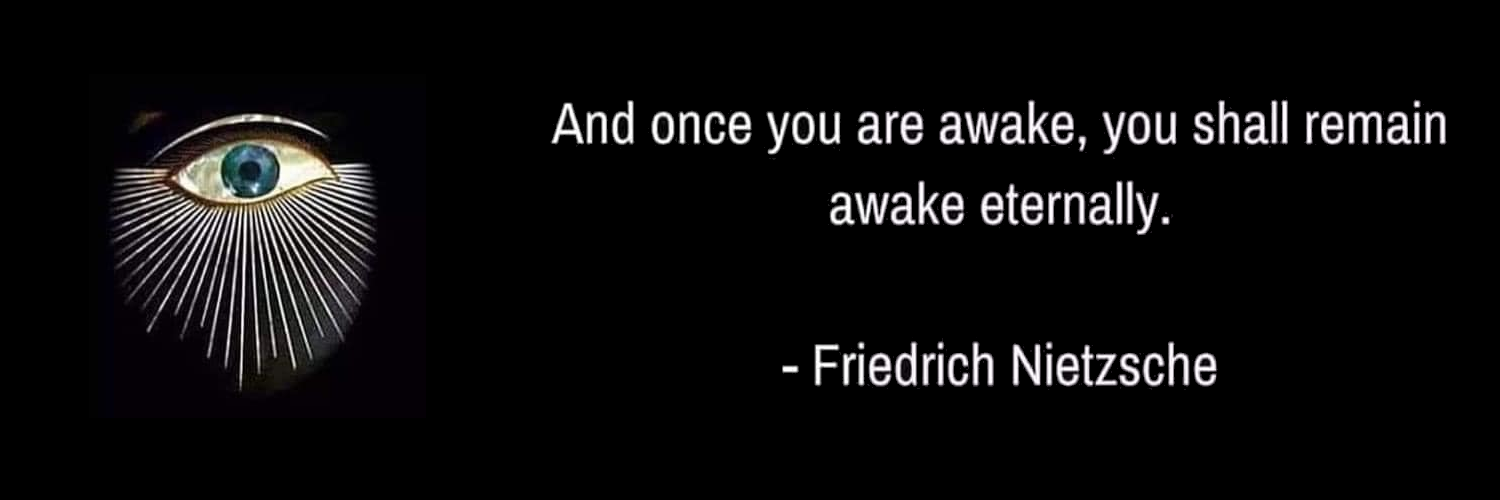
Long before the introduction of idolatry into religion, the early priests caused the statue of a man to be placed in the sanctuary of the temple. This human figure symbolized the Divine Power in all its intricate manifestations. Thus the priests of antiquity accepted man as their textbook, and through the study of him learned to understand the greater and more abstruse mysteries of the celestial scheme of which they were a part.
It is not improbable that this mysterious figure standing over the primitive altars was made in the nature of a manikin and, like certain emblematic hands in the Mystery schools, was covered with either carved or painted hieroglyphs. The statue may have opened, thus showing the relative positions of the organs, bones, muscles, nerves, and other parts.
After ages of research, the manikin became a mass of intricate hieroglyphs and symbolic figures. Every part had its secret meaning. The measurements formed a basic standard by means of which it was possible to measure all parts of cosmos. It was a glorious composite emblem of all the knowledge possessed by the sages and hierophants.

Then came the age of idolatry. The Mysteries decayed from within. The secrets were lost and none knew the identity of the mysterious man who stood over the altar. It was remembered only that the figure was a sacred and glorious symbol of the Universal Power, and it: finally came to be looked upon as a god – the One in whose image man was made.
Having lost the knowledge of the purpose for which the manikin was originally constructed, the priests worshiped this effigy until at last their lack of spiritual understanding brought the temple down in ruins about their heads and the statue crumbled with the civilization that had forgotten its meaning.

– Manly P Hall “The Secret Teachings Of All Ages”
